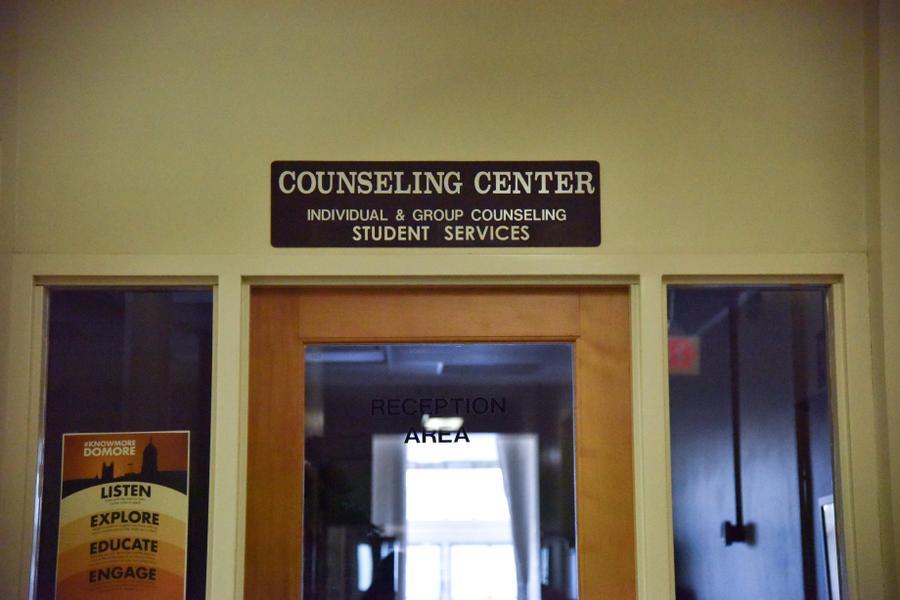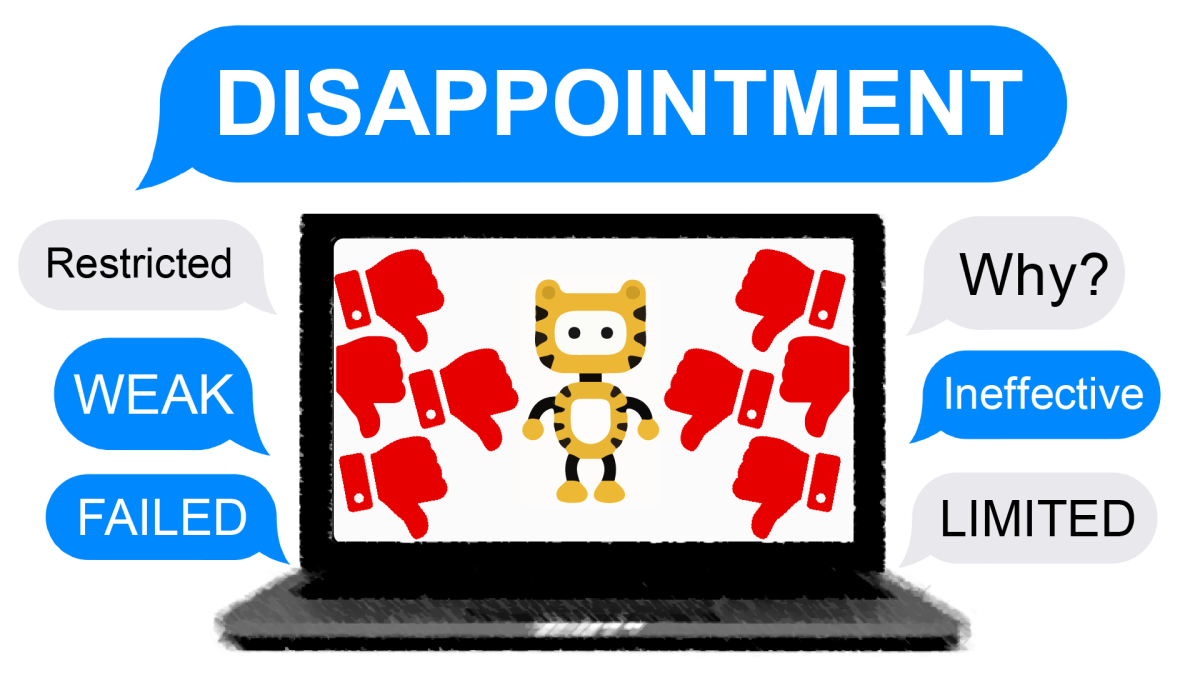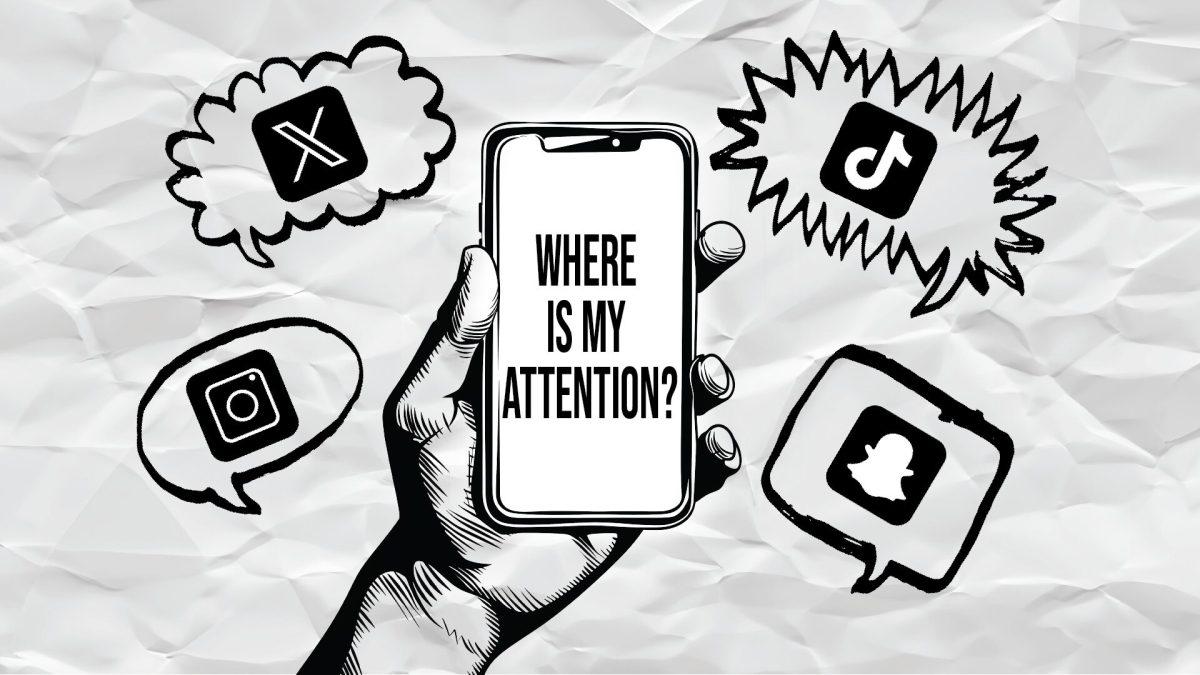_Annie Jennemann is a freshman journalism and English major at MU. She is an opinions columnist who writes about politics for The Maneater._
As a person who has mental illnesses, I’m ready for the world to understand what it means to have one. The discussion about mental health has changed drastically over time, from the 1950s and 1960s, when the mentally ill were placed in asylums and hospitals and were labeled as “crazy,” to present day, in which people who suffer with mental illness fall into the general population, often forgotten and ignored. Mental health has become a norm in society, with about 26.2 percent of adults in America suffering from a mental illness in a given year, and people tend to forget that these illnesses exist and do not understand what they are. The discussion about mental health is quiet. It is a topic people are aware of but are not fully educated on.
The way to ensure mental health can be taken as a serious illness is to educate the people. Although it’s difficult to make every person aware of this topic, it’s a start to changing the way people with mental illnesses are viewed in society.
When I was diagnosed with depression and anxiety my sophomore year of high school, my father did not quite understand the effects these illnesses would have on me. It affected my schoolwork and the way I interacted with people. With depression, some days I just wanted to lay in bed and not focus on what was going on in my life. School for me was full of anxiety attacks. Many days I would sit in the bathroom calling my father, begging him to let me come home because of all the symptoms. It ended up being seen as an excuse to not attend school, resulting in arguments and lectures about how school is the most important thing to focus on. It’s a completely rational argument, but to be educated about mental health is the beginning of understanding how to treat people with these kinds of illnesses.
Many people hear the phrase “mental illness” and their mind automatically jumps to depression and anxiety. They are two of the most common mental illnesses diagnosed in America, with about 18.1 percent of the population being diagnosed with an anxiety disorder and about 6.7 percent diagnosed with major depressive disorder.
Of these two disorders, multiple types of illnesses fall under their umbrellas. Major depressive disorder, the more well-known depressive disorder, includes symptoms such as fatigue, loss of interest, difficulty concentrating/making decisions/remembering, feelings of guilt and worthlessness, insomnia, overeating/appetite loss, aches and pains and thoughts of suicide. Many are aware of clinical depression but there are many more types of disorders. Anxiety disorders are another common mental illness. Like depression, there are many different types of anxiety disorders, the most common being generalized anxiety disorder. Generalized anxiety disorder is an illness that causes a person to worry about things with no obvious or rational reason to worry. It affects the mind but also has physical symptoms. The symptoms of generalized anxiety disorder include persistent worry, excessive worrying, irritability, headaches, sweating, nausea, difficulty concentrating, fatigue, trembling and insomnia. People who struggle with generalized anxiety disorder have difficulties with everyday life.
The important thing to remember about depression and anxiety is that every person experiences it differently. My symptoms are definitely different from others. Not every symptom is present. A person diagnosed with depression or anxiety can walk down the street and nobody would be able to tell from a glance that they are struggling with one of these illnesses.
Again, a key addition to the discussion on depression and anxiety is that they may not be visible, but they are a health problem and they do affect a person’s everyday life. These disorders make it difficult for a person to function on a day-to-day basis.
After learning more about anxiety and depression, ask yourself: Are you afraid of the mental health discussion? Mental health disorders are an epidemic in society, but we choose to not acknowledge the multiple forms of disorders and illnesses. It is important to be educated on the topic in order to be aware of what the people around you could be dealing with. Mental illnesses are not written on the forehead of a person, but they are still health issues.
Over time, my father began to understand my mental health and knew how to handle it. My father is one of the most understanding people in my life and I forever respect his ability to become educated and understand how depression and anxiety affect my life. With that understanding, I began to know how to handle my illnesses. They aren’t cured, but now I know how to stabilize myself and focus on important things such as schoolwork and developing as a person. Without my father’s understanding, I wouldn’t be where I am today.
Discuss this topic with others. Help educate them on what to do and what not to do around people you may not know. If you know anyone that shows signs of any of these illnesses, reach out and help that person get the help they need. The discussion about mental health is quiet, but people who are mentally ill can be silent.













